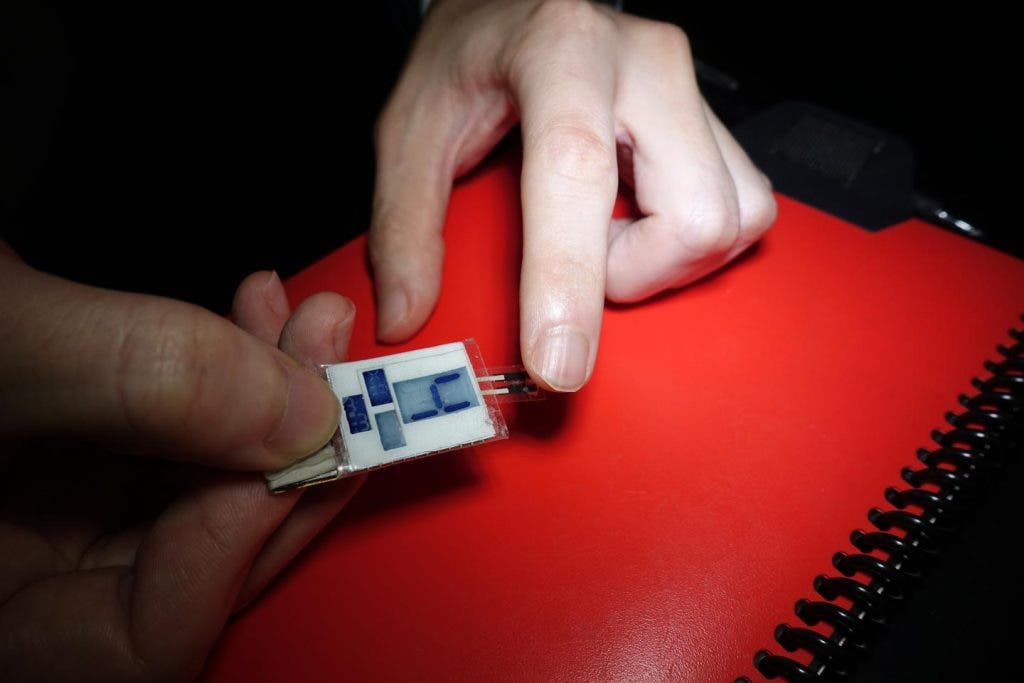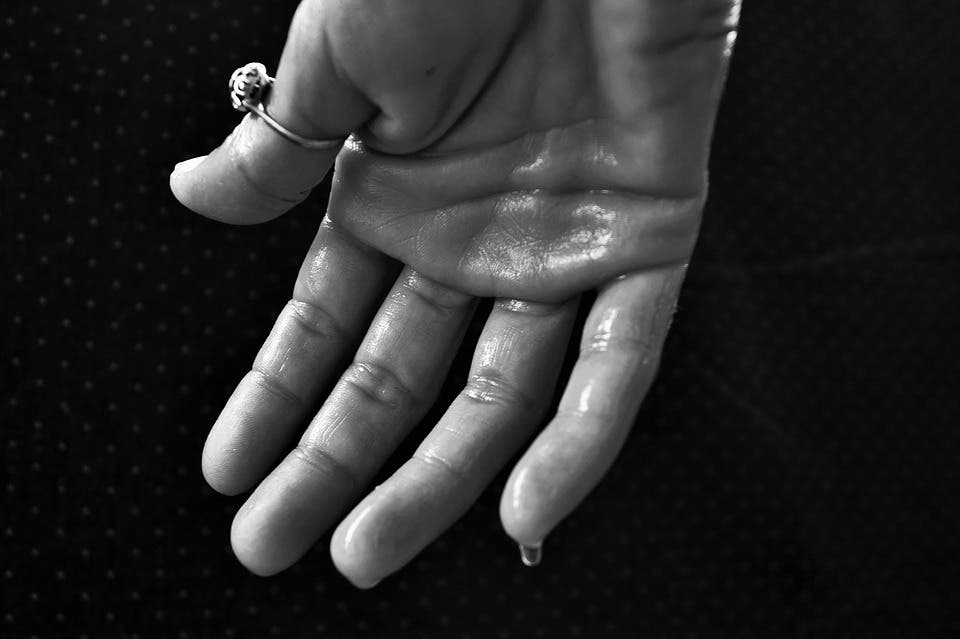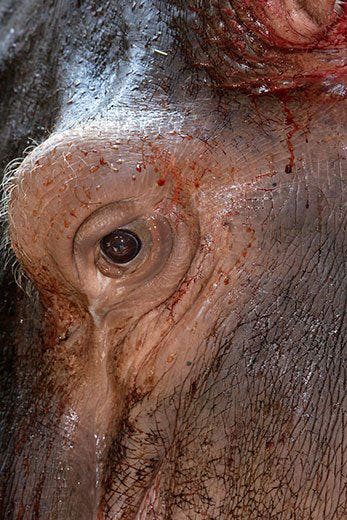There’s an untapped fuel source that you weren’t aware of right at your fingertips — and this device intends on harvesting it. The tiny device converts sweat from your fingertips into small but useful amounts of energy, enough to power some wearable devices. Additionally, the device can also harvest energy from pressing motions such as typing. It’s, by far, the most efficient type of on-body energy harvester ever invented.
This isn’t the first sweat-based energy system. However, previous demonstrations were pitifully inefficient, requiring expending a lot of energy by running, biking, or doing some other kind of strenuous physical work, in order to generate a small amount of energy (usually less than 1% consumed during the task).
“Normally, you want maximum return on investment in energy. You don’t want to expend a lot of energy through exercise to get only a little energy back,” says senior author Joseph Wang, a nanoengineering professor at the University of California San Diego. “But here, we wanted to create a device adapted to daily activity that requires almost no energy investment–you can completely forget about the device and go to sleep or do desk work like typing, yet still continue to generate energy. You can call it ‘power from doing nothing.'”

Rather than having to perform a lot of work to harvest useful energy or relying on sunlight, this novel device collects 300 milliJoules worth of energy while the body is at rest — even while you sleep. Since there is no work involved, the return on investment essentially tends to infinity.
The tiny biofuel cell (BFC), made from a carbon nanotube material and a hydrogel, produces energy from lactate, a compound found in our sweat. The foam-like bioreactor is connected to a circuit with electrodes and attached to the pad of a finger. The cell removes electrons from the lactate to turn oxygen into water and, in the process, also drives electrons through the circuit to produce a current of electricity.
Although it may seem odd to target the fingertips when there are other body parts that are richer in sweat, such as the armpits, this is in fact an excellent choice. The fingertips have the highest concentration of sweat glands in the human body, up to three times more than in other body parts. We likely evolved this to help us better grip things.
The reason why other body parts feel sweatier is due to their poor ventilation. In contrast, our fingers are always exposed to the air, so the sweat evaporates as it comes out, usually immediately. Rather than letting this sweat evaporate, this device collects some of it to generate usable energy.
“The size of the device is about 1 centimeter squared. Its material is flexible as well, so you don’t need to worry about it being too rigid or feeling weird. You can comfortably wear it for an extended period of time,” said first co-author Lu Yin, a nanoengineering Ph.D. student working in Wang’s lab.
Complementary to the biofuel cell, the researchers also attached a small piezoelectric generator that converts mechanical energy into electricity. When you pinch the finger or perform everyday motions like typing on a keyboard, the piezoelectric generator produces additional energy. A single press of a finger once per hour requires 0.5 milliJoules of energy but can produce over 30 milliJoules of energy.
“We envision that this can be used in any daily activity involving touch, things that a person would normally do anyway while at work, at home, while watching TV or eating,” said Wang. “The goal is that this wearable will naturally work for you and you don’t even have to think about it.”
Although the harvested power is tiny, it’s still enough to power some health and wellness wearable electronics such as glucose meters for people with diabetes.
“We want to make this device more tightly integrated in wearable forms, like gloves. We’re also exploring the possibility of enabling wireless connection to mobile devices for extended continuous sensing,” Yin says.
“There’s a lot of exciting potential,” says Wang. “We have ten fingers to play with.”
The findings appeared in the journal Joule.





